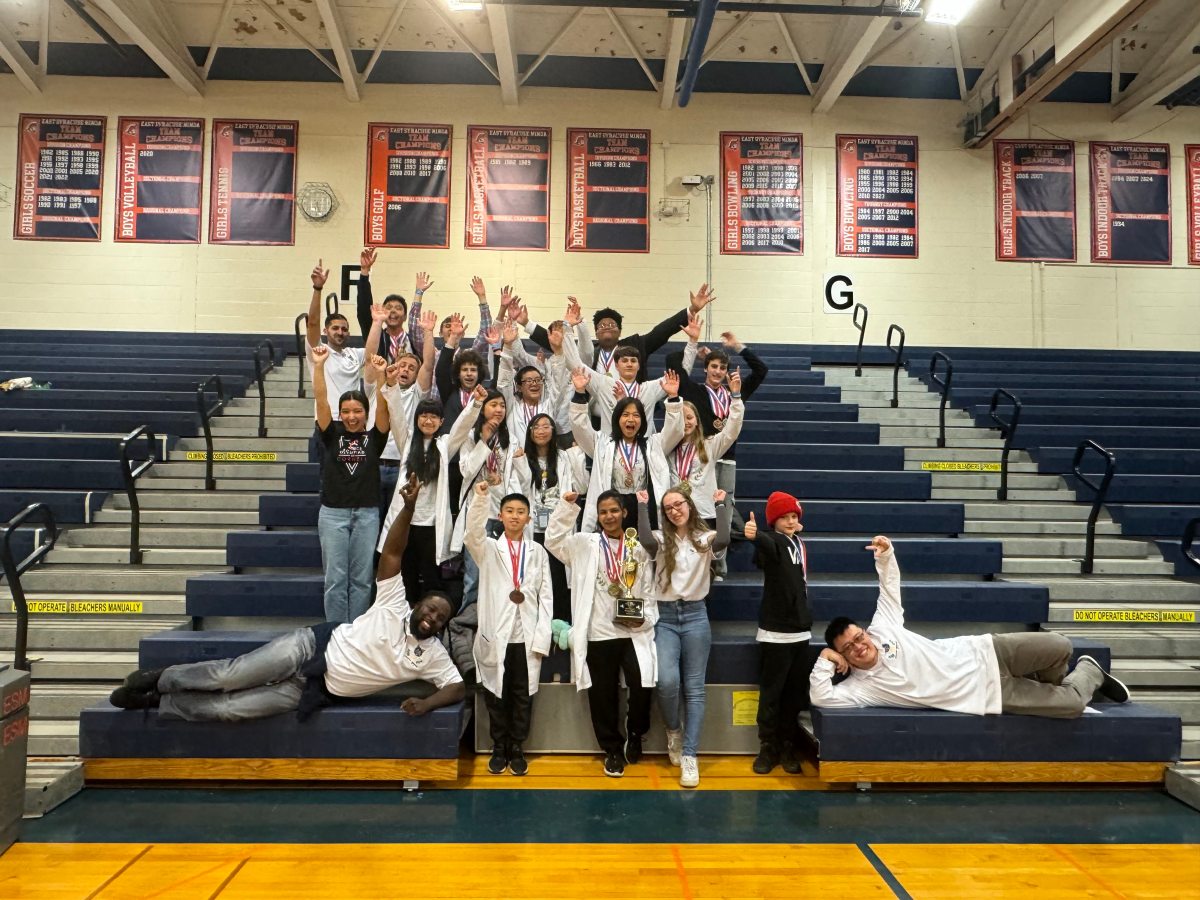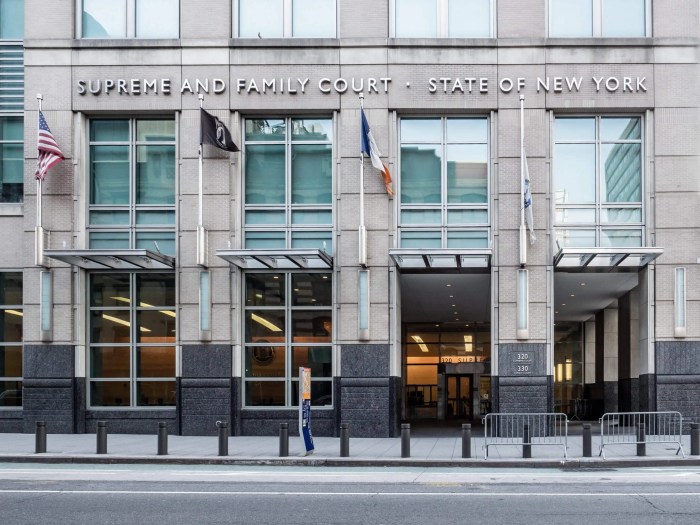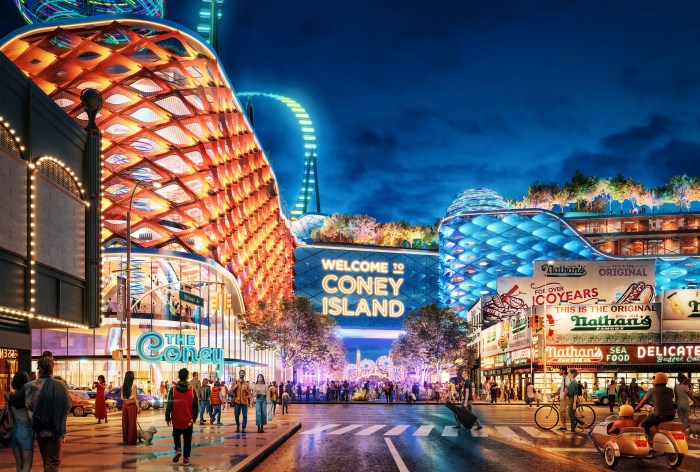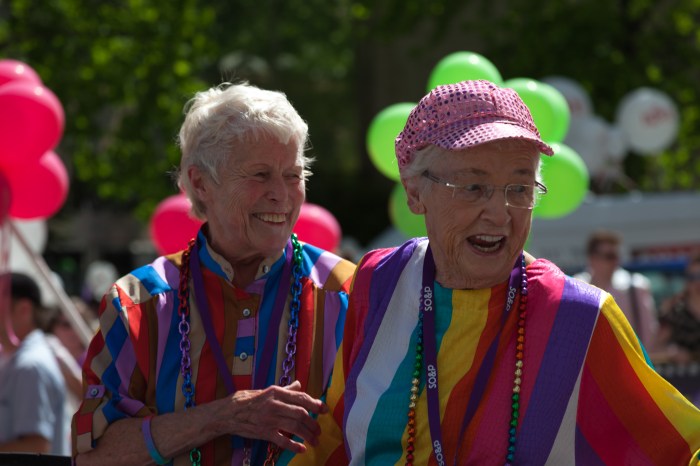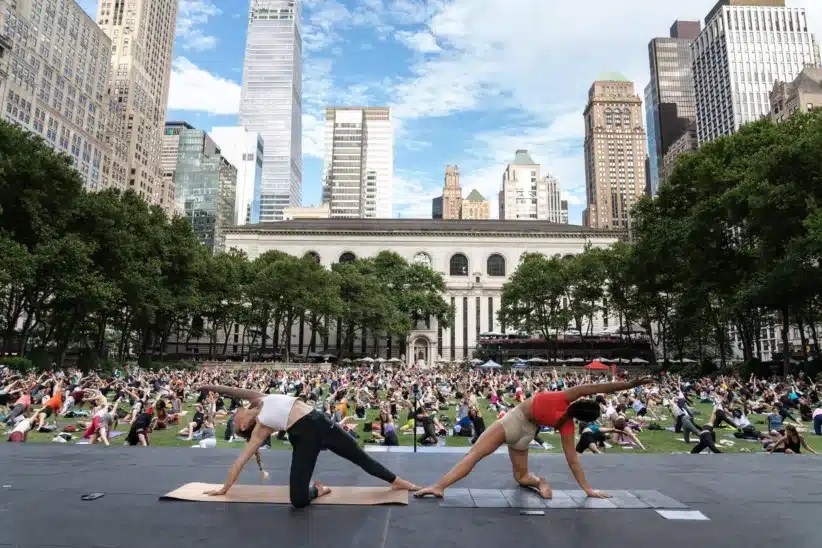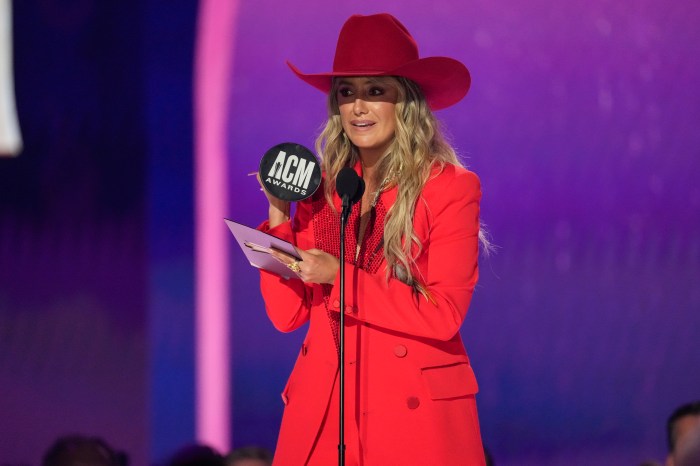In development circles, they could be considered taking lemons and making lemonade.
With the Brooklyn Public Library backing out of their plans to construct a building on a city-owned parking lot inside the Brooklyn Academy of Music (BAM) Cultural District, the city is now poised to approve a new mixed-use building on the site to be constructed by Two Trees Development.
The company, who was responsible for re-mastering DUMBO, plans to develop a 371,000-square-foot building on the 1.25-acre lot at the intersection of Flatbush and Lafayette Avenues, directly across from Ashland Place and the BAM Howard Gilman Opera House, according to members of the Downtown Brooklyn Partnership, who is overseeing the agreement.
While the development is still in its infancy, Two Trees promises to set aside space in their building for 180 residential units, 187,000 square feet of commercial space for retail stores and offices. A possible hotel for the site is also being mulled over.
Plans are also in the works to put a 15,000-square-foot library in the building — making good on the Brooklyn Library’s promise to bring more services to downtown residents – and a new BAM cinema. Parking for 450 cars will also be available, according to initial estimates.
The building is expected to be designed by Enrique Norten’s TEN Arquitectos, which was expected to draft the proposed Brooklyn Public Library before the plan went south.
If the city accepts the deal, Two Trees will buy the lot from the city for $20 million.
In turn, Two Trees will transfer ownership of a $6.5 million site on Ashland Place – the former home of a Salvation Army building — to BAM so they can build a 263-seat community and educational theater, as well as office space for the cultural institution.
“Fifty percent of [the theater’s] use will be made to provide to outside organizations at an affordable rate,” said Sandy Sawotka, director of communications for BAM. “We’re also going to put administrative offices, archives and classrooms.”
Sawotka said that their plan with Two Trees is “in the early stages” – so much so that renderings of the proposed project have yet to be drawn.
Katie Dixon, the director of development, planning, arts and culture for the Downtown Brooklyn Partnership, said that the Brooklyn Public Library announced that they wouldn’t continue with their plans for the parking lot site back in early 2007. The city almost immediately began evaluating different ways to “bring more culture into the district,” she said.
“I think [the new plan] is an exciting way to develop more cultural space in the district, especially at a time when the city is experiencing an economic downturn,” she said. “It will give us the ability to provide culture space to local Brooklyn based organizations and develop the neighborhood at the same time.
“It will be great for the area,” she said.
“We are enthusiastic that this project will bring an architecturally iconic building to one of the most visible locations in New York City, and that the building will be tenanted by arts and cultural groups that have been cultivated and grown locally,” added Joe Chan, the president of the Downtown Brooklyn Partnership.
While the plans, which were first publicized in a story by the New York Sun, have yet to be approved by the City’s Economic Development Corporation, it already has the approval of Councilmember Letitia James.
Yet her support comes with some stipulations, she notes.
“A significant number of groups are being displaced in downtown Brooklyn,” she explained. “I demanded that, if any developer wanted my support, they had to include a place for groups that had been in Fort Greene during the bad times and who want to be there during the good times.”
James is also hoping for more affordable housing.
“I need more affordable housing on site,” she said, acknowledging that other sites nearby will have low to moderate income housing.
It was unclear as this paper went to press if affordable housing was part of the agreement with Two Trees.
Many also wondered why the deal with Two Trees is about to go through without a more open Request for Proposal (RFP) process.
“They had a project on city-owned land, but they sole-sourced it to one developer,” asked one critic, who wished not to be named. “Why didn’t they put out an RFP?”
Calls to Two Trees Development and the city’s Economic Development Corporation were not returned by press time.









